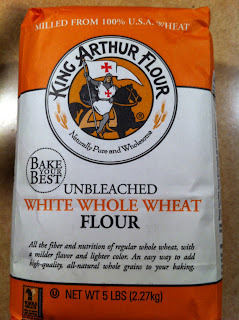Here in the U.S., it’s getting to be picnic and outdoor
eating time. It’s always more fun
to eat outdoors (as long as the bugs or pollen aren’t getting you), but eating
outdoors can be quite a bit of work if
you are the organizer.
There seems to be two types of people who do outdoor meals.
Those who get everything ready, eat, then run around immediately after the
picnic and put food away while the guests chat. Then there are those who are more relaxed, leaving the food
out “just in case” someone has an emergency hunger pang; no one in the second group seems to
keep track of how long that food has been sitting out.
The menu may vary, but no matter which type of host you are,
food safety principles remain the same.
Here are some key principles to help keep your family or group safe from
food poisoning during the outdoors eating season.
1. Keep cold foods cold. Some people take better care of their beer than they do
their food! Be sure to get plenty
of ice for the insulated cooler for both beverages and food. And the food can’t
just sit on top of the ice, it has to be covered with ice. (Remember science
class? Cold travels to a lower level, so if food sits on top of ice it can get
too warm, even in a cooler).
It’s best to keep the ice chest inside the car, not in the
trunk, on the way to the event (the trunk can reach 150 degrees). And when you get to your picnic site, put the
cooler in the shade and cover with an old blanket to keep the cold in.
2. Keep hot
foods hot. You may not want to
bring a hot dish to your outing if you have no way to keep it hot, over 140
degrees F. Bacteria thrive in
lukewarm temps.
If there is no way to keep food hot or cold, then bring
foods to your outing that don’t need refrigeration, such as chips, crackers,
peanut butter, peanut butter and/or jelly sandwiches, dried fruit, nuts,
unpeeled fresh fruit, cookies and cakes.
3. Avoid cross-contamination, with raw and cooked items.
This means, when grilling meat, chicken or fish, don’t put the cooked meat back
on the same plate that held the raw meat. And don’t use the same cutting board for cutting up the beef
cubes for kabobs as the salad vegetables.
4. Remember the 2-hour rule. And sometimes it’s a 1-hour
rule. Perishable foods need to be
put away within two hours to keep the food out of the “danger zone” (that is, between
40 and 140 degrees F). And if the
temperature outside is 90 or more, the put away time is one hour.
5. Wash your hands with water when prepping food. Nothing
beats good old soap and water when making foods and handling raw stuff. There
had been some thought that hand sanitizer would be just as good as washing, but
that is usually not the case. (Hand sanitizers stop the spread of germs in a
hospital or clinic setting, but they cannot stop the bacteria that causes food poisoning).








